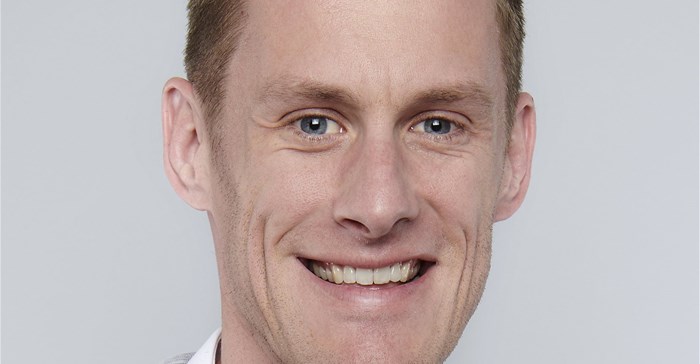#BizTrends2021: Just energy transition will continue to accelerate

The National Energy Regulator of South Africa (Nersa) recently provided concurrence for a ministerial determination (MD) of 11,800MW of generation capacity (this includes wind, PV, gas and storage). In late September this MD was gazetted and for all intents and purposes, procurement of new capacity can commence. This cannot happen soon enough; load shedding will continue into 2022 as the energy availability factor (EAF) of the Eskom coal fleet hovers around 66% . This coal fleet is also reaching the end of its useful life and by 2030 up to 10,000MW of coal must be decommissioned . This capacity needs to be replaced urgently.
Uptake of renewables
The Integrated Resource Plan (IRP) is an energy policy and planning document, produced annually, that plots the generation mix required for the country for the following 10-year period. It applies a least-cost approach for the country and is technology agnostic, meaning that no technology is favoured. The 2019 iteration of the document shows significant procurement of renewables over the upcoming decade. Specifically, wind and solar PV, with a proportion of gas and storage, were shown to be best for South Africa.
The time to implement the IRP is now. It represents a once-in-a-lifetime opportunity for the government and other stakeholders to manage the energy transition, whilst facilitating significant foreign investment (R48.7bn cumulative foreign investment attracted by renewable energy between 2011 and 2015 ), job creation and injecting competitively priced energy onto the grid. This can be achieved by reviving the Renewable Energy Independent Power Producer Programme (REIPPPP).
The REIPPPP has been stalled, with the last procurement round occurring in 2015 with Round 4. The average wind tariff then was R0.79 /kWh . For comparison purposes, the still-under-construction Medupi mega project will end with a marginal cost of approximately R1.05/ kWh . It must further be considered that wind energy continues to decline in price, and prices in Round 5 are expected to be below R0.60/kWh. Positively, Eskom appears to be coming around to the idea of a renewables-led future and remarks by the current CEO would seem to indicate that the attitude towards IPPs is improving. This must happen, as the country will need competitively priced, reliable power as we recover from the pandemic.
Wind energy in South Africa is developed and constructed entirely at risk by independent power producers (IPPs). No risk is carried by the government or Eskom. At the end of the development process, a competitive auction process is held and the best projects from a tariff and economic development perspective are awarded purchase power agreements from Eskom.
Least-cost scenario
Competitive tariffs are a result of several factors, not least of all the world class wind (and solar) resource that SA has to offer, but also improving technology with higher hub heights and rotor diameters in excess of 170m. The geographical spread of projects across the country also provides for an aggregated generation profile that will better match supply and demand – highly valued by the network operator and will reduce intermittency. With the inclusion of utility-scale battery energy storage, the notion of baseload and the often-trotted-out need for coal or nuclear generation, is fast becoming antiquated. It is clear that a mix of renewable energy with complementary flexible generation such as gas as well as battery energy storage, can adequately meet the energy demands of the country, in a least-cost scenario.
This must be seen as the best outcome for the country: cheap and reliable power is a foundational requirement for any growing economy and as the country moves into a recovery state post-Covid, it will become more important than ever. Renewable energy has the potential to provide this if the correct enabling environment is provided by the government. Capital will flow back into the country via the REIPPPP, jobs will be created, and small towns around the country will be reinvigorated, all of this while the least-cost generation is added to the grid.

















